More on Medellin Barrios
Envigado
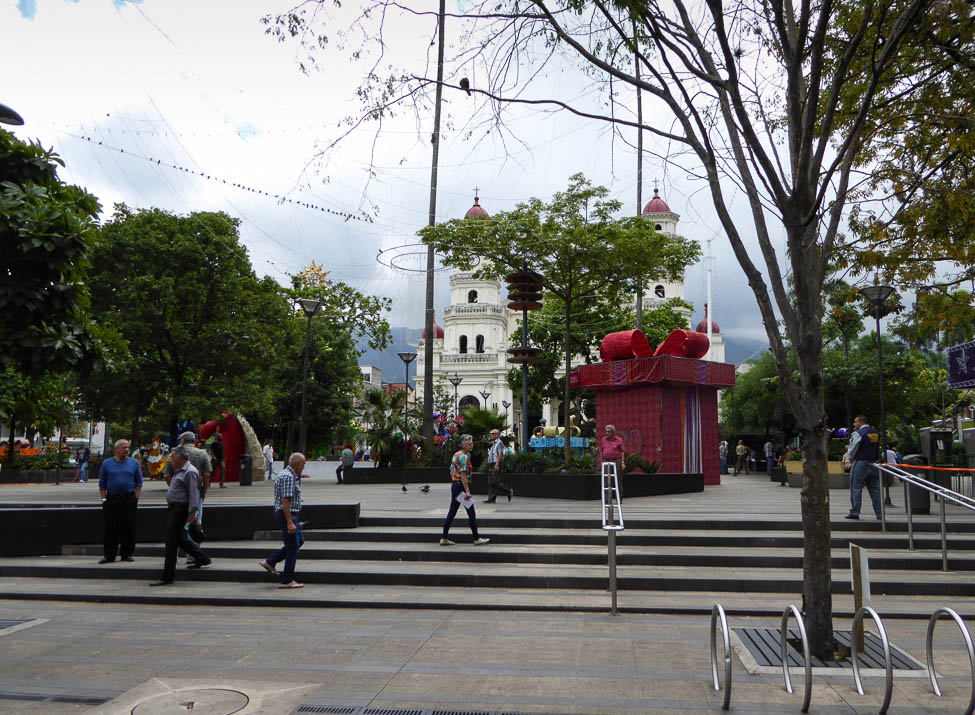
Envigado is located south and east of El Poblado and is one of the two barrios (the other is Sabaneta) on the expat radar where most new construction is taking place. The new construction is almost exclusively towers. As with large cities in the US, these two communities are also the furthest from downtown Medellin. In fact, both communities are not part of Medellin proper but have effectively been absorbed. A few of the things that we like about Envigado: it has a real downtown with a good sized central park; it also has two pedestrian only streets.
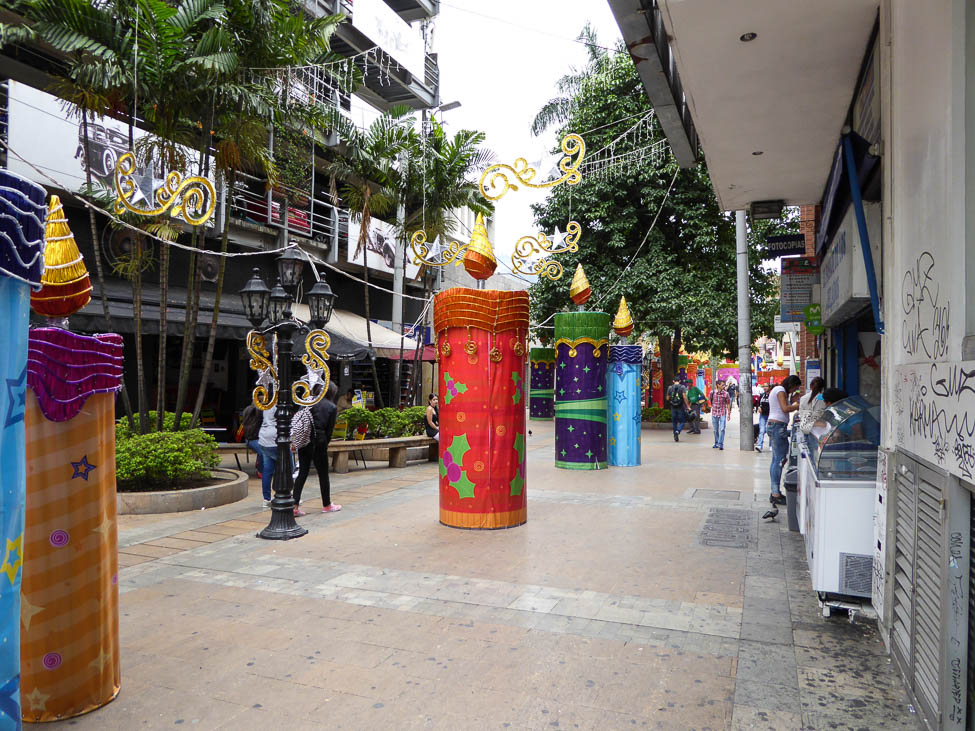
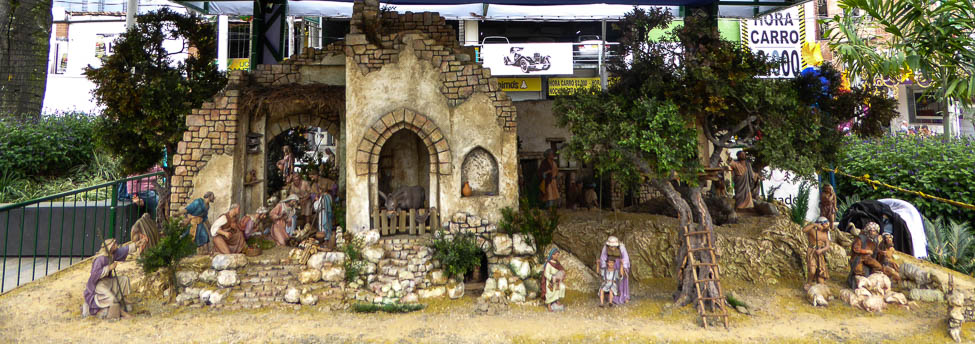
While there are a few quiet streets close to the downtown, most areas are quite noisy with lots of traffic.
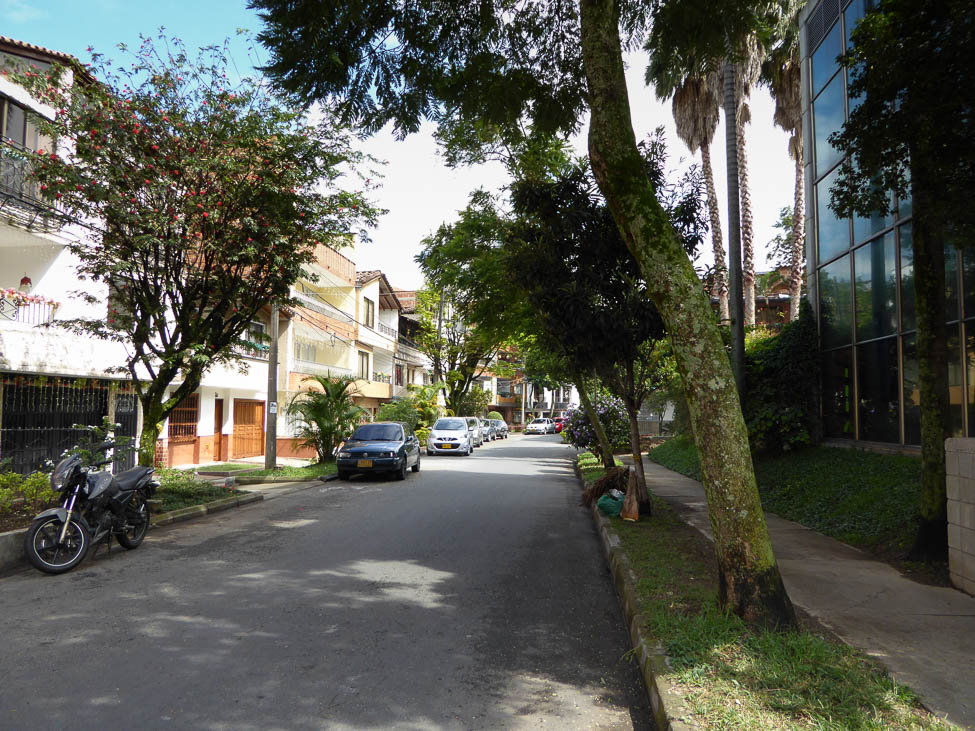
To escape the noise, another option is the residential towers. The problem is that most are quite a distance from the downtown, up a hill, and on the opposite side of town from the Metro stop. Leaving the only option a hefty walk or taking a bus which is often stuck in traffic.
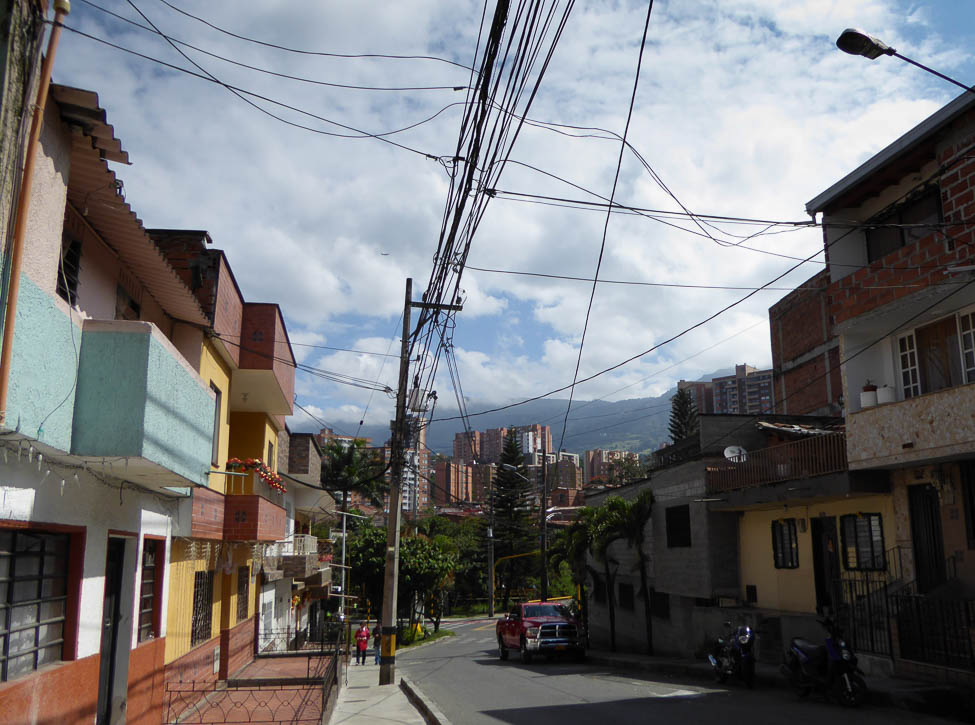
Even from downtown Envigado, the walk to the Metro stop is long and not very pleasant, crossing major roads. In our opinion, therein lies Envigado’s weakness, i.e., no good walking access to the Metro from the neighborhoods in which most expats are likely to live. The exception is on the border between Envigado and La Frontera (where we had our apartment), we found a few towers located in quiet areas within walking distance of Envigado downtown and the Ayura Metro stop. If we were to stay in Envigado for a length of time, this is the area we would target. Housing in Envigado is significantly less expensive than in El Poblabo.
Sabaneta
Sabaneta is located on the far side of Envigado and is smaller than Envigado. It has the feel of a small town that has been swallowed up by a lot of new development, with the resulting traffic, noise, etc. The central park and church are smaller than Envigado’s and there are no pedestrian only streets.
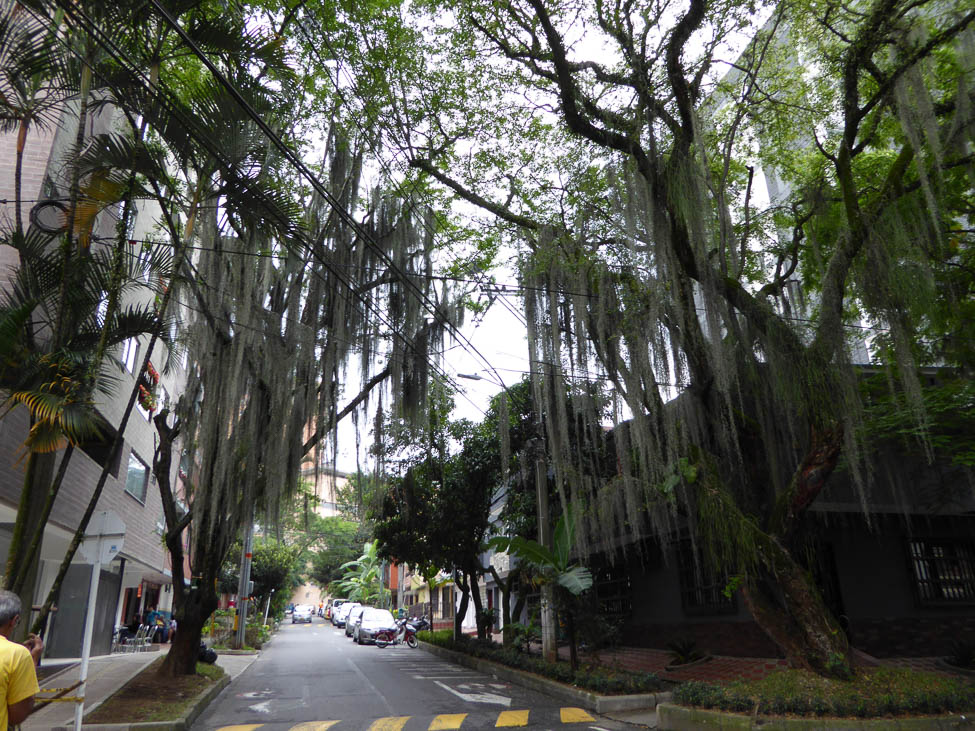
Unlike Envigado, most of the residential towers are closer to downtown, which presents an option for escaping the noise.
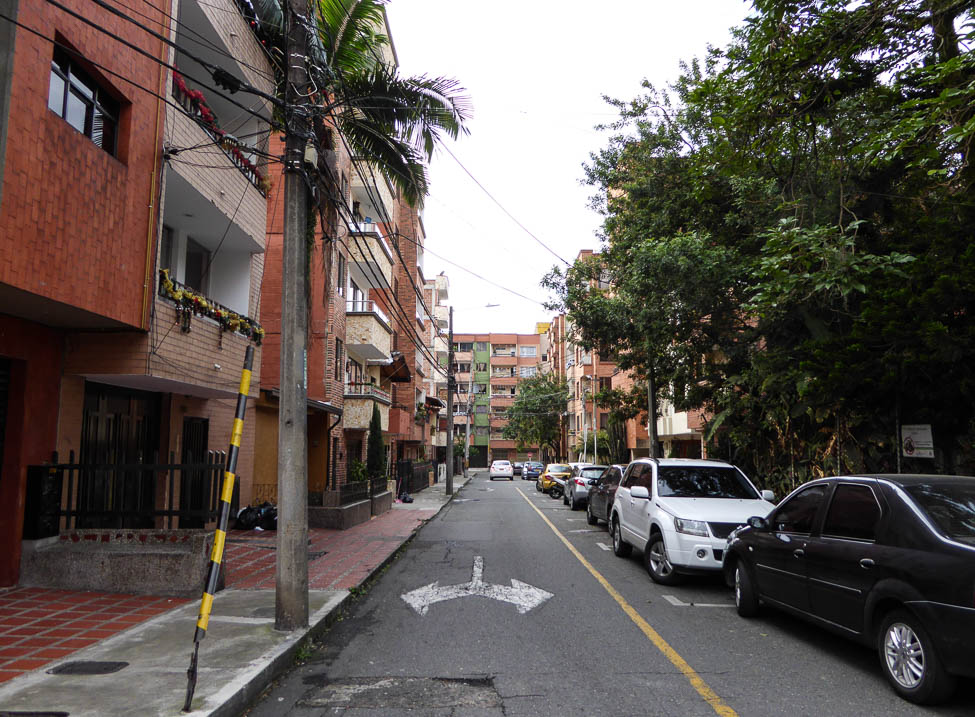
The downtown is also closer to the Metro than Envigado’s. These positives might make it a better option even through it’s a little further out from Medellin.
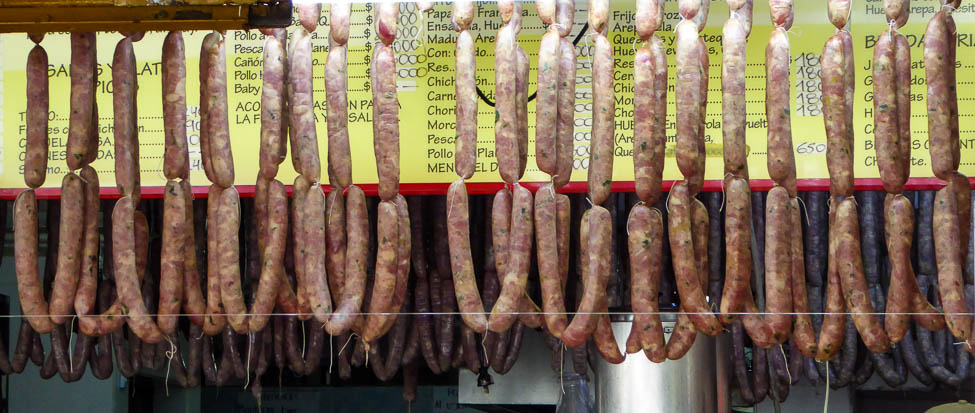
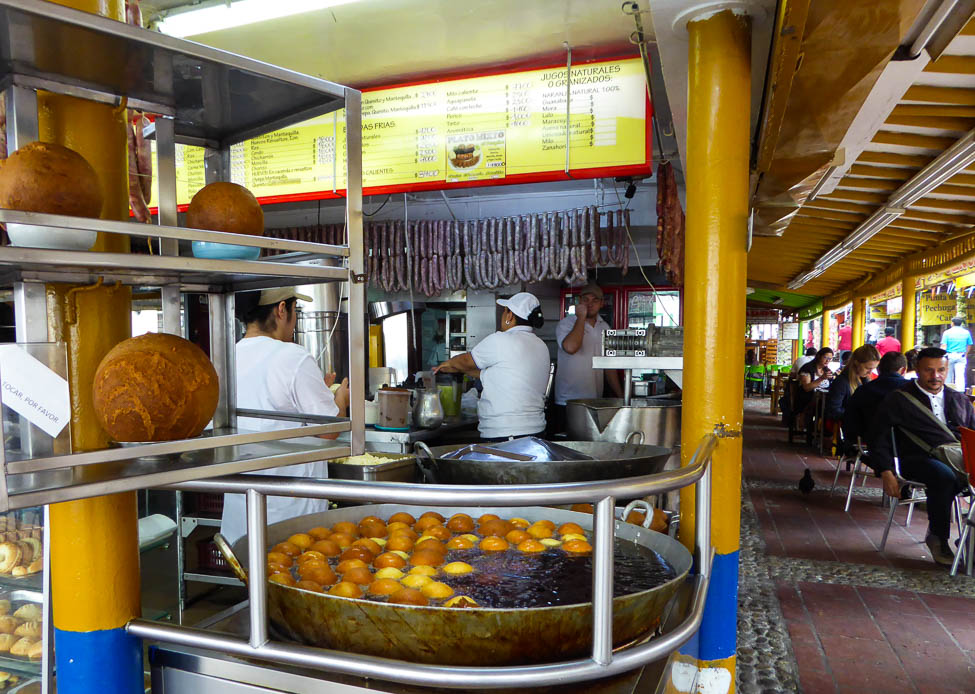
However, Sabaneta has two downsides. First, we’ve been told that Sabaneta has the worst pollution in the Medellin area. Secondly, taking a bus toward Medellin will require traveling though Envigado’s and El Poblado’s bad traffic. As with Envigado, Sabaneta is significantly less expensive than El Poblado, especially for housing.
Museo Antioquia and Botero Plaza
On a rainy Saturday, we decided to play tourist for a day and visit Botero Plaza and Museo Antioquia.

They are adjacent to each other and house Medellin’s Botero collection. Botero Plaza has numerous sculptures by the artist, and the museum has a few sculptures and many paintings, as well as works by other artists that have been donated by Botero from his private collection.



The metro stop is Parque Berrio. Botero is a famous Colombian artist known for his “voluminous” (the artist’s word) portraits of everyday and famous people, and Ian is a fan. We were warned that this area of the city is rife with pickpockets so we were on high alert. Arriving at about 10 am when the museum opened, we spent the first half hour exploring the plaza. It was so uncrowded that we were able to get pictures of all the statues without people in them. Entering the museum, we were also able to wander the halls without feeling crowded. We highly recommend both the plaza and museum if you are a Botero fan. By the time we came out of the museum, the plaza was full of people and the museum was filling up as well, so our advice is to arrive early.
Rather than head back to the same Metro stop, we decided to be adventurous and walk down Carrera 52, which is a pedestrian only street in the heart of downtown, toward the San Antonio Metro stop. Oh my gosh! Sensory overload! A sea of humanity sometimes shoulder to shoulder, vendors hawking, noise from traffic on adjacent streets. We were planning on finding lunch in the area but decided to head for quieter pastures closer to home. That said, it still was a striking cultural experience.

Museo Casa de la Memoria
We don’t need to remind anyone of Medellin’s (and Colombia’s) recent times of trouble with insurgency and drug cartels. Another rainy day and we decided to dig a little deeper into that recent history by visiting Museo Casa de la Memoria. The museum’s aim is to educate, but also to remember the victims on both sides of the conflict. Its exhibits are presented in an unusual and artistic manner with lots of interviews, news clippings, and other audio visual imagery. The museum is located in the barrio of Buenos Aries, an area that appears to be in transition. Take the Metro to San Antonio, transfer to the tram (extra ticket, and a different experience) get off at the Bicentennial stop and walk a few blocks. Highly recommended for an education on a turbulent and poignant history.

Medellin Wrap-up
After spending over a month in Medellin, we are both fans. It’s a city with almost first world infrastructure (you can drink the water), large shopping centers, etc. Even with its problems, i.e., noise, traffic, pollution, it’s still a great city to explore and given current exchange rates (about 3000 pesos to the dollar at time of writing), a bargain. Not to mention its overall dramatic appearance as an urban sprawl in a valley surrounded on all sides by steep green hills. On a return visit, we will stay either in El Retiro or if staying in Medellin, Laureles or El Poblado will probably be our first choice, but we suspect that the deciding factor will be where we can find an affordable Airbnb.

One last note about Medellin: We started out our trip with four weeks of Spanish immersion in Guatemala. After our classes, we did pretty well understanding and communicating in Guatemala, Costa Rica, and Panama. That changed radically when we got to Medellin (not so much in other parts of Colombia). We don’t know whether it’s the accent, different words, speed of talking, or something else entirely, but our comprehension has gone way down since we arrived. We still are much better off than without our schooling. But if your goal is to live in Medellin and want to take Spanish lessons, we suggest that you take them in Medellin.
A Few Miscellaneous Tidbits
- People in Medellin and other parts of Colombia greet one another on the streets, including us.
- Entertainment at traffic lights in Medellin: Be in a car/taxi and stopped at a red light, you might be entertained (or not) in some manner, e.g., hip hop type dancing or juggling, and many of the performers are quite good. Obviously, these people are asking for money, but it’s perhaps a step up from simply having one’s windshield washed.
- Except for long distance, larger buses – shorter distance (less than 2 hours) buses throughout Colombia are generally smaller in size than typical buses in the US, sometimes more like large vans. Routes generally start and end at a bus station or some central location in town, with few, if any, designated stops along the way. It’s the norm for people to flag down the bus anywhere along a road and to call out where they want to get off.
- Unlike many places, exact change is not needed on buses.
- When people get on the bus, they usually say a general greeting, e.g., “Buenos dias”, and when they get off the bus, they say “Gracias” to the bus driver. We’ve even heard some people, as they exit the bus, wish fellow travelers “Buen viaje!”
- Toilet paper: Just about every place we’ve been so far, i.e., in Guatemala, Costa Rica, Panama, Colombia, one simply does not put toilet paper in the toilet. And on that note….until next time.
Next up: Colombia’s Coffee Triangle
Ian & Ann

10 Comments
In the Forrest Gump movie they urged Forrest to continue his adventure of running across the US with the encouraging words: Run Forrest Run!
Explore Ian and Ann Explore!
Hi Den,
Channeling Forest Gump! 🙂
Ian & Ann
Hi Ann and Ian,
I enjoy living vicariously in South America!!! When do you go to Europe?
Hi Monica,
Our aim is so people can have that type of experience. We are taking a Transatlantic re-positioning cruise to Europe on April 22.
Ian & Ann
¿Estás buscando un lugar para vivir con expatriados, nativos o una mezcla? Me gustó el hecho (fact) que cuando fui a Columbia solo funcionaba el español (only Spanish worked), así que lo aprendí mucho más rápido.
Hola Art,
Probablemente una mezcla. Ahora tambien la majoria de la gente habla solamente espanol.
Ian & Ann
So impressed by your photography!
Hi Karen,
One again, Ian gets the credit but Ann is often director of photography.
Ian & Ann
Great and unusual sculptures. Most interesting. Love
Hi Norma,
Yes, unusual. Ian likes the artist.
Ian & Ann